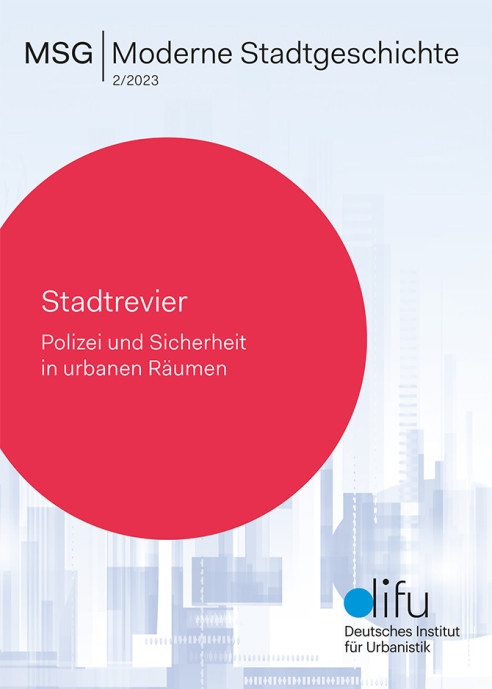Erfassen, überwachen, inszenieren. Eine Untersuchung des polizeilichen Stadtraumes am Fallbeispiel der Münchner Polizeidirektion (1796–1808)
DOI:
https://doi.org/10.60684/msg.v54i2.17Schlagworte:
Polizei, München, 18. JahrhundertAbstract
This article explores how the Munich police related to urban space. Historians have emphasised the surge in debates and reforms around the police during the second half of the 18th century. They have also shown that urban police forces went through a process of territorialisation, rethinking the spatial organisation of the area assigned to them. This article discusses how this territorialisation movement also affected the police of Munich. It states that the newly created institution elaborated a complex relation to the Bavarian city that comprised three main aspects. First, the police gathered an enormous amount of information through various channels. Second, they tried to watch over the entire city at all times and, in order to do so, progressively elaborated a system that was structured by the dichotomy between centre and periphery and based on uncertainty. Third, they depicted the city, especially through engravings published by the police director in 1805. The article argues that this multifaceted relation between police and urban space was linked to key problems of the new institution: its legitimacy, the ambiguity of its scope of action and the aspiration to cover urban space comprehensively.
Downloads
Veröffentlicht
Ausgabe
Rubrik
Lizenz
Copyright (c) 2023 Olivier Coelho

Dieses Werk steht unter der Lizenz Creative Commons Namensnennung 4.0 International.






